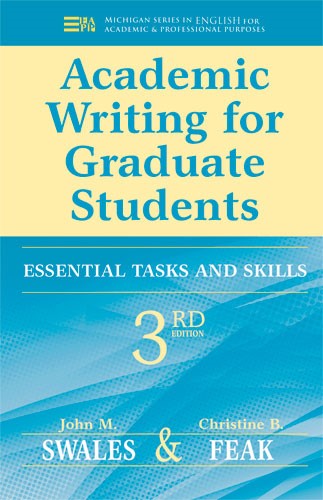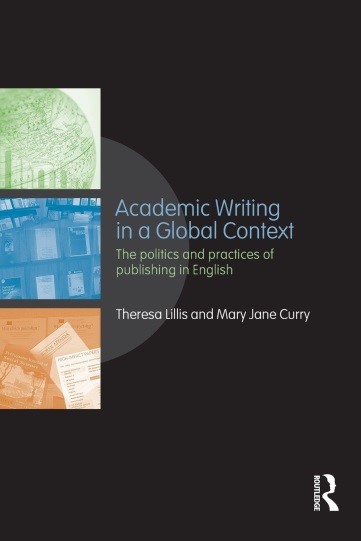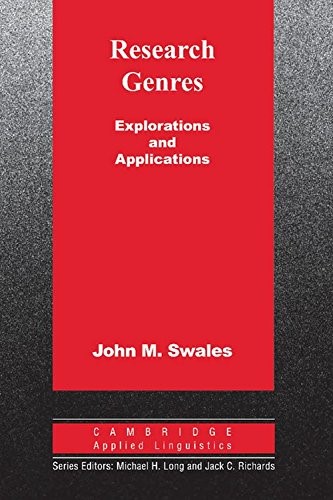ENEIDA Project > BACKGROUND
In recent decades, there has been a growing trend of publishing in English-medium journals among multilingual researchers (Lillis and Curry, 2010). This has led to a heightened demand for materials (Swales and Feak, 2004) and courses tailored to English for Research Publication Purposes (ERPP) (Moreno 2011).


Table 1. Early English for Research Publication Courses for Spanish scholars
| Institution | Initial year | Framework for course | Course name | Disciplinary field | Duration |
|---|---|---|---|---|---|
| University of Córdoba | 1984 (* 1987) | Acciones Integradas research project | ESP course for science researchers | Science | 10 h. (*2) |
| University of Zaragoza | 1997 (every two years) | ICE (Education Sciences Institute) | Estrategias de Escritura Académica en Inglés | Science and technology, mainly | 25 h. approx |
| Jaume I University | 1999 (every two years) | Language Services Centre at the university | How to write research articles in English | Mixed: all fields at the university | 20 h. |
| CSIC (Madrid and Barcelona) | 2004
2007 |
Continuing professional development plan | Inglés científico (IC)
IC: intermedio/ Avanzado |
Unspecified | 20 h.
20 h. |
| University of Zaragoza | 2006 | University internationalisation programme | Curso de Escritura Académica en Inglés | Business and Economics | 30h. |
| University of La Laguna | 2005-2007 | Staff training programme | Publishing skills in English | Psychology | 30 h. |
| University of Zaragoza | 2008 (*in press)
2008-2009 |
Centre for Academic Writing in English for the humanities
Staff training programme en diferentes |
Curso de Escritura Académica en Inglés
Curso de Escritura Académica en Inglés |
Humanities
Social sciences, biomedicine, engineering |
20 h.
30 h. |
| University of Barcelona | 2008 | Continuing professional development plan | Habilitats de publicació científica per al PDI | Pedagogy, social work | 30 h. |
(* = published experiences) (Moreno, 2011)


Research into academic writing has also flourished globally (Swales 2004; Cargill & Burgess, 2008). Cross-cultural and intercultural studies of academic discourse across various languages and English have become increasingly important (Connor, 2004; Moreno, 2010).
Despite these developments, there is still little understanding of the ERPP training needs for writers for whom English is an Additional Language (EAL) and the most effective ways to address these needs through teaching resources (Swales, 2002). This issue is particularly relevant to Spanish researchers (Burgess, & Fagan, 2006; Pérez-Llantada et al, 2010).
The ENEIDA project targets the overlooked population of Spanish EAL writers. It advocates a critical pragmatic approach that simultaneously addresses access and difference. Thus, the project emphasises the importance of focusing on specific aspects of ERPP writing with which Spanish researchers tend to have difficulties when communicating with an international audience (intercultural perspective).
Additionally, based on revealing results from Spanish-English cross-cultural studies of academic discourse, the project seeks to explain some of Spanish researchers’ writing problems —or WOEs, writing obstacles in English (Moreno et al., 2012)— by virtue of the contrastive rhetoric hypothesis (Kaplan, 2001), according to which writers from different cultural and language backgrounds have distinct preferences for articulating messages with share a similar purpose (cross-cultural perspective).

Table 2. Selected English-Spanish cross-cultural studies of research articles (RAs) and abstracts
| Authors | Rhetorical or stylish feature under comparison | Full genre or part-genre | (Sub-) disciplinary field |
|---|---|---|---|
| Pérez Ruiz (1999) | rhetorical structure | RA abstracts | Epidemiology |
| Burguess (2002) | rhetorical structure | Introductions to RAs | Linguistics |
| Martín-Martín (2003) | rhetorical structure | RA abstracts | Linguistics |
| Mur Dueñas (2008) (2009) | engagement markers
Citations |
RAs
RAs |
business management
business management |
Table 3. Results from ENEIDA (Moreno et al, 2011)
| Training should familiarize them with the problems Spanish authors typically have when writing RAs | N | % | Total |
|---|---|---|---|
| English | 536 | 56.1 | 956 |
| Spanish | 123 | 35.3 | 348 |
It was believed that raising Spanish researchers’ awareness of cross-cultural differences in ERPP writing related to audience types (national/local versus international) would help them to produce more successful texts in the eyes of English-medium journal gatekeepers.
Results from our own project have demonstrated that well over half of these researchers believe that training in ERPP should familiarise them with the problems Spanish authors typically have when writing RAs in English (see Table 3). Thus, we are confident about the usefulness of our results and feel encouraged to continue exploring the Spanish-English contrastive rhetoric hypothesis in academic publication contexts.
